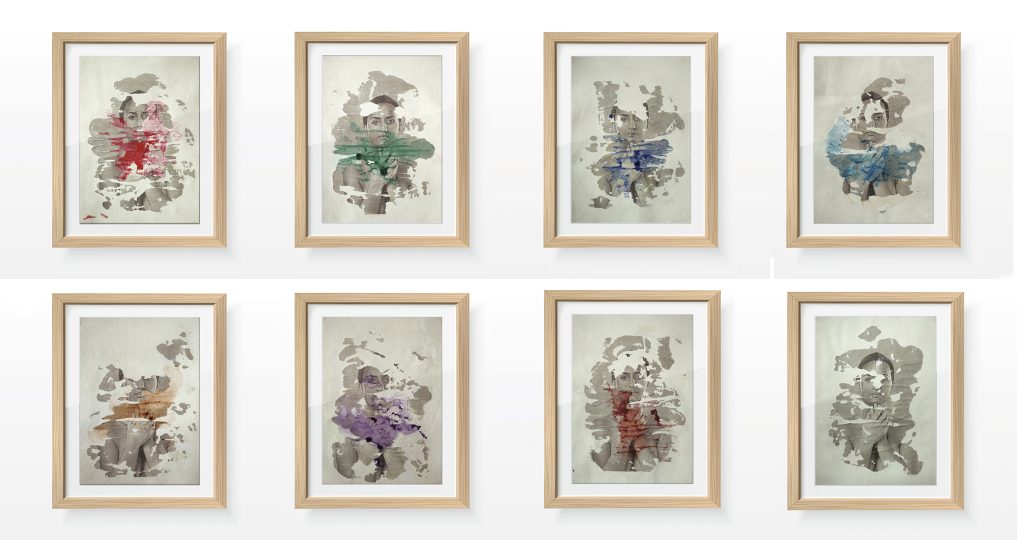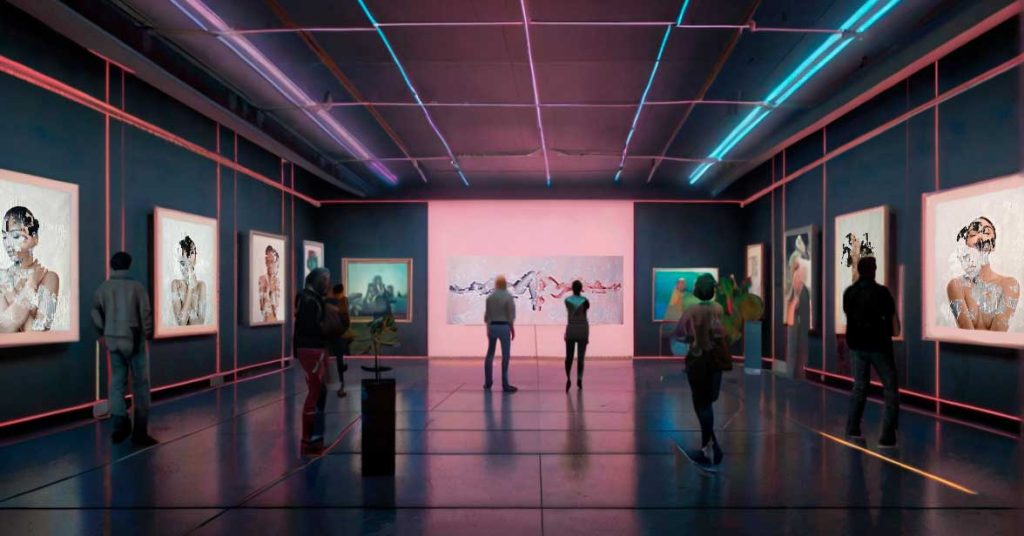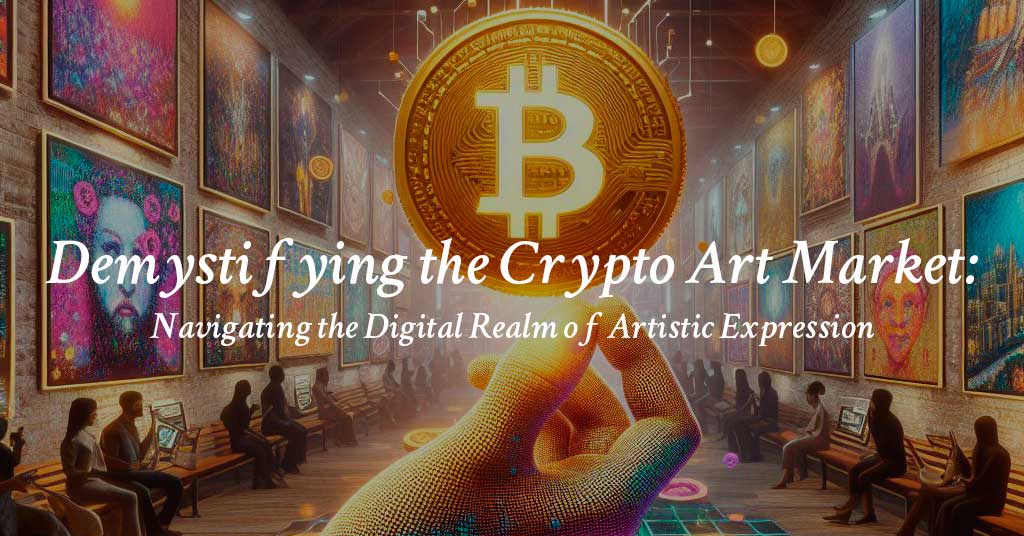
Introduction
The art market is undergoing a radical transformation, thanks to the emergence of a new form of artistic expression: crypto art. Crypto art is a genre of digital art that leverages blockchain technology to create, authenticate, and monetize unique and scarce artworks. In this article, we will explore the concept and history of crypto art, the current state and trends of the crypto art market, the best platforms and practices for buying and selling crypto art, the considerations and strategies for investing in crypto art, and the future directions and opportunities of this exciting and innovative field.
What is Crypto Art?
Crypto art is a term that refers to digital artworks that are created, stored, and traded on a blockchain. A blockchain is a distributed ledger that records transactions and data in a secure and transparent way. Blockchain technology enables crypto art to have two distinctive features: provable scarcity and verifiable ownership.
Provable scarcity means that each crypto artwork has a limited supply and cannot be duplicated or copied. This is achieved by using non-fungible tokens (NFTs), which are unique and indivisible digital tokens that represent the ownership and metadata of a crypto artwork. NFTs are minted on a blockchain, such as Ethereum, and can be transferred and traded on various marketplaces.
Verifiable ownership means that the provenance and history of a crypto artwork can be easily traced and verified on the blockchain. This ensures that the authenticity and originality of a crypto artwork are preserved and protected, and that the rights and royalties of the artist are respected and enforced.
The Rise of the Crypto Art Market
A Brief History of Crypto Art
The origins of crypto art can be traced back to the early days of digital art, which emerged in the late 20th century. Digital art challenged the conventional notions of art and aesthetics, and introduced new possibilities and mediums for artistic expression and experimentation.
However, digital art also faced some challenges, such as the lack of scarcity, ownership, and value recognition. Due to the nature of digital files, digital artworks could be easily copied, distributed, and pirated, undermining their uniqueness and exclusivity. Moreover, digital artworks lacked a standardized and reliable way of verifying their authenticity and provenance, making them vulnerable to fraud and plagiarism. Furthermore, digital artworks struggled to gain acceptance and appreciation from the traditional art market and institutions, which often favored physical artworks over digital ones.
The emergence of blockchain technology in 2009, with the launch of Bitcoin, the first decentralized cryptocurrency, opened up new horizons for digital art. Blockchain technology offered a solution to the problems of scarcity, ownership, and value recognition, by enabling the creation of digital tokens that could represent and store digital artworks on a distributed and immutable ledger. The first examples of crypto art were created in 2014, when artists started to embed digital artworks into Bitcoin transactions, using platforms such as Counterparty and Rare Pepe. These artworks were essentially the first NFTs, although the term was not coined until 2017.
The crypto art scene gained popularity in 2017, with the launch of CryptoPunks, a project that generated 10,000 unique pixel art characters on the Ethereum blockchain, and CryptoKitties, a game that allowed users to breed, collect, and trade digital cats on the Ethereum blockchain. These projects demonstrated the potential and appeal of NFTs as a new medium for crypto art, and inspired many other artists and platforms to join the space.
The Current State of the Crypto Art Market
The crypto art market has grown exponentially in the past few years, reaching new heights of creativity, diversity, and value. According to NonFungible.com, a website that tracks the NFT market, the total sales volume of crypto art in 2023 was over $1.2 billion, a 32-fold increase from 2022. The number of crypto art buyers and sellers also increased significantly, reaching over 200,000 and 50,000, respectively.
Featured Crypto Art Sales


Some of the crypto art sales that have made history and grabbed headlines are:
- The sale of Beeple’s “Everydays: The First 5000 Days”, a collage of 5000 daily digital artworks, for $69.3 million at Christie’s, the first time a major auction house sold a purely digital artwork.
- The sale of CryptoPunk #7804, a pixel art character with a blue face and a fedora, for $7.5 million, the highest price ever paid for a CryptoPunk.
- The sale of EulerBeats’ “Genesis LP”, a collection of 27 algorithmically generated audio tracks, for $3.1 million, the highest price ever paid for a crypto music album.
- The sale of Pak’s “The Fungible Collection”, a series of abstract digital artworks, for $17 million, the highest price ever paid for a crypto art collection.
Crypto Artists
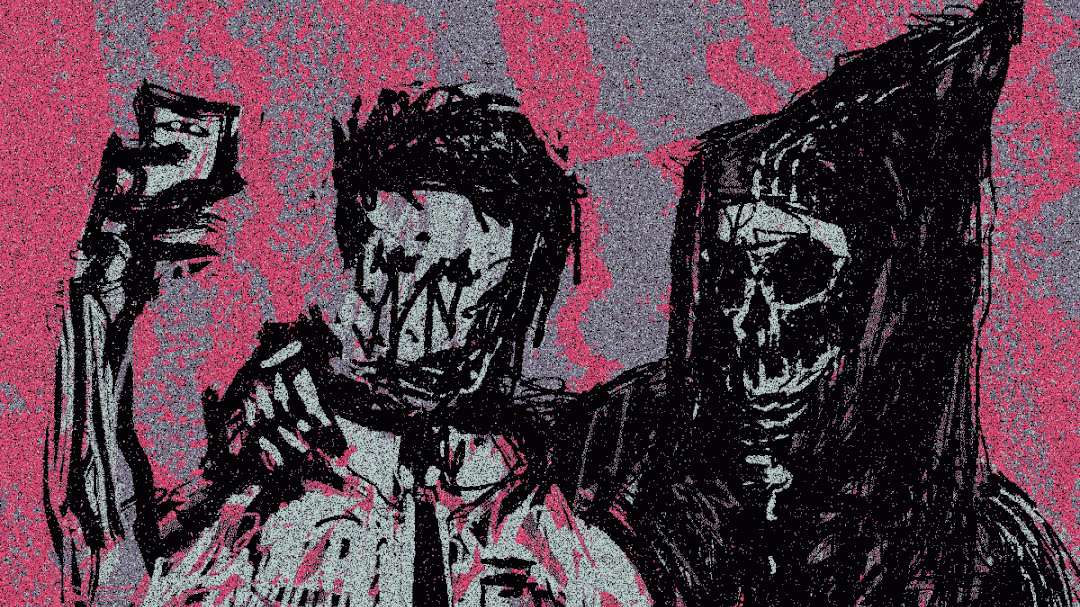

The crypto art market has also attracted a diverse and vibrant community of artists and collectors, who come from different backgrounds, cultures, and styles. Some of the most prominent and influential crypto artists include:
- Beeple, a graphic designer and digital artist who creates surreal and satirical artworks that comment on social, political, and pop culture issues.
- Pak, a mysterious and anonymous artist who explores the concepts of identity, value, and scarcity through minimalist and geometric artworks.
- XCOPY, a digital artist who uses glitch art and pixel art techniques to create dark and dystopian artworks that reflect on the state of the world and the human condition.
- FEWOCiOUS, a 19-year-old transgender artist who expresses her emotions and experiences through colorful and expressive artworks that combine painting, drawing, and animation.
- Async Art, a collective of artists who create programmable artworks that change over time based on various inputs and parameters, such as time, weather, or user choices.
Crypto Art Collectors


Some of the most notable and active crypto art collectors include:
- Metakovan, the pseudonym of Vignesh Sundaresan, a Singapore-based entrepreneur and investor who bought Beeple’s “Everydays: The First 5000 Days” for $69.3 million, and owns the largest collection of CryptoPunks.
- 3LAU, the stage name of Justin Blau, a DJ and music producer who is also an avid collector and creator of crypto art and music, and the founder of Royal, a platform that allows music fans to invest in their favorite artists.
- WhaleShark, the pseudonym of an anonymous collector who owns the largest and most diverse collection of NFTs, including crypto art, gaming items, domain names, and more, and the founder of WHALE, a social token backed by his NFT portfolio.
- Pranksy, the pseudonym of an anonymous collector who is known for his early and frequent purchases of crypto art and NFTs, and his involvement in various NFT projects and initiatives.
- Medici, the pseudonym of an anonymous collector who is known for his patronage and support of emerging and underrepresented crypto artists, and his curation and promotion of crypto art exhibitions and events.
Exploring Crypto Art Marketplaces
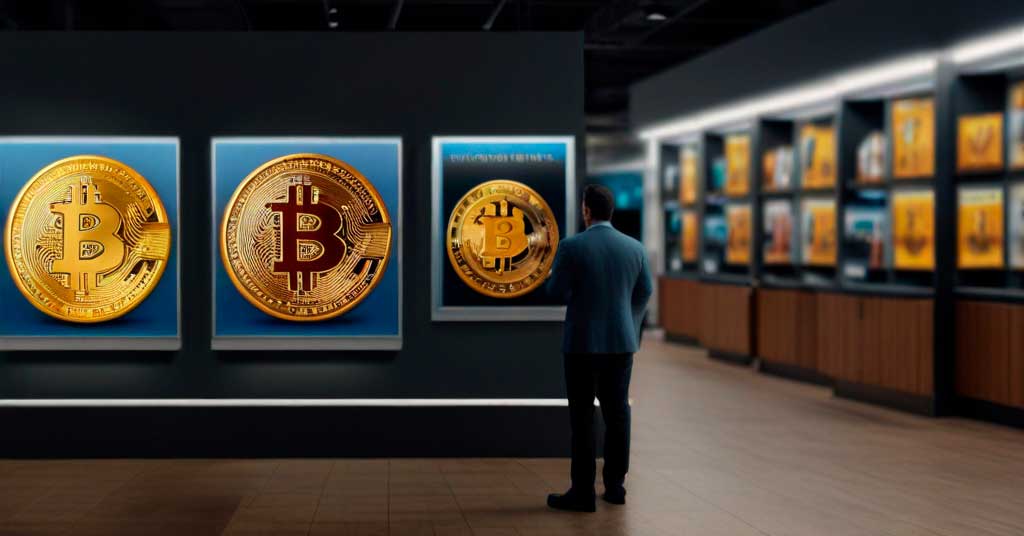

Top Crypto Art Marketplaces
One of the main attractions and advantages of crypto art is that it can be easily and directly traded on various online platforms, without the need for intermediaries, gatekeepers, or commissions. These platforms are known as crypto art marketplaces, and they offer different features and benefits for artists and collectors.
Some of the top crypto art marketplaces are:
OpenSea:
OpenSea stands as the premier and widely embraced NFT marketplace, encompassing diverse categories like art, gaming, sports, music, and beyond. With support for various blockchains, including Ethereum, Polygon, and Klaytn, OpenSea provides a user-friendly platform for creating, buying, selling, and discovering NFTs.
Rarible:
Rarible stands as a community-driven NFT marketplace with a focus on art and collectibles. Users can engage in the creation, purchase, and sale of NFTs, earning RARI, the platform’s governance token, granting them a voice in its ongoing development and trajectory.
SuperRare:
SuperRare stands as a meticulously curated and exclusive crypto art marketplace, showcasing works from esteemed and respected artists within the field. Renowned for its stringent criteria for quality and originality, SuperRare prioritizes artists’ support by ensuring they receive 85% of the initial sale and 10% of subsequent sales for their creations.
Foundation:
Foundation serves as a dynamic and cultural hub for crypto art, providing a space for artists to debut and auction their works as NFTs while offering collectors the opportunity to explore and champion both emerging and established talents. The platform strives to cultivate a fresh wave of creative expression and innovation, facilitating connections among artists and collectors spanning various mediums and communities.
Nifty Gateway:
Nifty Gateway stands out as a user-friendly and widely accessible crypto art platform, enabling the purchase and sale of NFTs using fiat currency like US dollars, eliminating the necessity for a crypto wallet or advanced blockchain knowledge. The platform regularly features exclusive and limited edition NFT “drops” from renowned artists and celebrities like Beeple, Grimes, Steve Aoki, and Paris Hilton.
Buying and Selling Crypto Art
The process of buying and selling crypto art on different marketplaces may vary slightly, but the general steps are as follows:
Buying Crypto Art
To purchase crypto art, obtain a compatible crypto wallet supporting the blockchain and NFT token standard you’re interested in, like MetaMask or Trust Wallet for ERC-721 on Ethereum. Ensure you possess sufficient tokens, such as ETH, to cover the NFT cost and associated gas fees. Gas fees vary based on network activity and transaction complexity. With your wallet and tokens in order, explore the marketplace, select your desired NFT, and click ‘buy.’ Confirm the transaction on your wallet, awaiting blockchain processing. Once verified, access your NFT in the wallet and view it on platforms like OpenSea or Rarible.
Selling Crypto Art
To sell crypto art, possess the NFT in your wallet and connect it to your chosen marketplace. List your NFT for sale, specifying the price and terms, with options for fixed-price or auction formats. Set a reserve price and time limit for auctions. After listing, await offers or bids. Upon agreeing on a price or auction conclusion, confirm the transaction on your wallet and transfer the NFT to the buyer. Receive the payment in your wallet, deducting marketplace fees, which vary but typically range from 0% to 15% of the sale price.
Most Popular Cryptocurrencies Used in 2024 Crypto Art Market
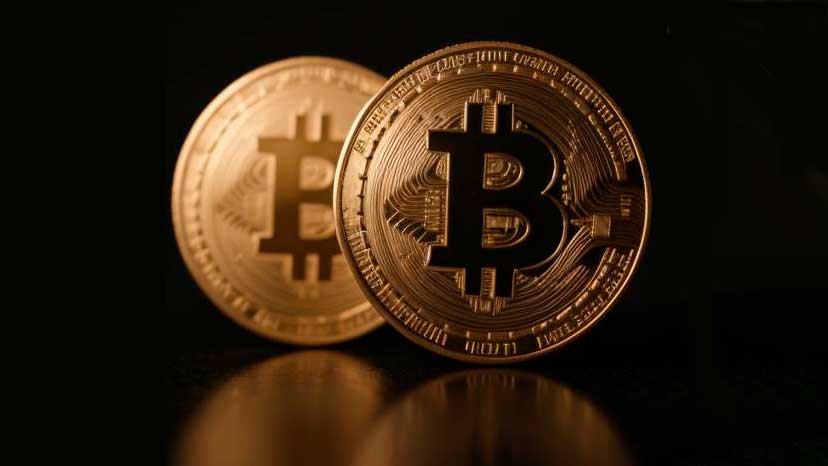

The crypto art market is closely linked to the cryptocurrency market, as crypto artworks are bought and sold using various crypto tokens. The choice of cryptocurrency can affect the accessibility, affordability, and security of the crypto art transactions, as different cryptocurrencies have different features and benefits, such as speed, scalability, stability, and interoperability.
According to [Statista], the most popular cryptocurrencies used in the crypto art market as of January 2024 were Bitcoin (BTC), Ethereum (ETH), Tether (USDT), Binance Coin (BNB), and Solana (SOL). These cryptocurrencies accounted for over 80% of the total market capitalization of all cryptocurrencies combined. Here is a brief overview of each cryptocurrency and its role and relevance in the crypto art market:
Bitcoin (BTC)
Bitcoin, being the inaugural and extensively adopted cryptocurrency, is recognized for its robust security, decentralized nature, and limited supply of 21 million bitcoins. It holds the distinction of being the most valuable cryptocurrency, boasting a market capitalization exceeding $1 trillion as of January 2024. In the crypto art market, Bitcoin serves both as a store of value and a medium of exchange. Notably, some of the earliest crypto artworks were crafted and embedded on the Bitcoin blockchain through platforms like Counterparty and Rare Pepe.
Ethereum (ETH)
Ethereum, holding the position as the second-largest cryptocurrency, stands as a pioneering platform for smart contracts and decentralized applications (DApps). Renowned for its versatility and programmability, Ethereum facilitates the creation and operation of diverse DApps, including crypto art marketplaces, games, and social networks. Widely embraced in the crypto art market, Ethereum serves as the predominant blockchain for minting and trading NFTs, adhering to standards like ERC-721 or ERC-1155. Additionally, Ethereum functions as the native currency for various crypto art platforms, such as OpenSea, Rarible, and SuperRare, with transaction gas fees paid in ETH.
Tether (USDT)
Tether stands out as the foremost stablecoin, a cryptocurrency tied to a fiat currency like the US dollar to ensure a steady value. Renowned for its stability and liquidity, Tether simplifies the cryptocurrency market by mitigating volatility, enabling seamless value exchange across various platforms and blockchains. Within the crypto art market, Tether serves as a unit of account and a bridge currency. Platforms like Nifty Gateway and Foundation facilitate the buying and selling of NFTs using USDT or USD.
Binance Coin (BNB)
Binance Coin serves as the native currency for Binance, the world’s largest and most widely used cryptocurrency exchange and ecosystem. Recognized for its utility and efficiency, Binance Coin provides various advantages and discounts to platform users, including reduced trading fees, enhanced referral rewards, and exclusive features. Additionally, it functions as both a base currency and a gas fee for the Binance Smart Chain (BSC), a blockchain network competing with Ethereum in terms of smart contracts, DApps, speed, scalability, and cost-effectiveness. In the crypto art market, Binance Coin emerges as an alternative and competitor to Ethereum, with platforms like BakerySwap and TreasureLand being built on BSC, utilizing BNB for transactions and fees.
Solana (SOL)
Solana stands out as a rapidly expanding and high-performance cryptocurrency and blockchain network, committed to delivering a scalable, secure, and decentralized solution for widespread blockchain technology adoption. Renowned for its exceptional speed, scalability, and innovation, Solana claims to process over 50,000 transactions per second with low latency and fees. Notable features include proof of history, parallel processing, and cross-chain interoperability. In the crypto art market, Solana emerges as a promising cryptocurrency, with platforms like Solible and DigitalEyes being built on its blockchain, utilizing SOL for transactions and fees.
Investing in Crypto Art
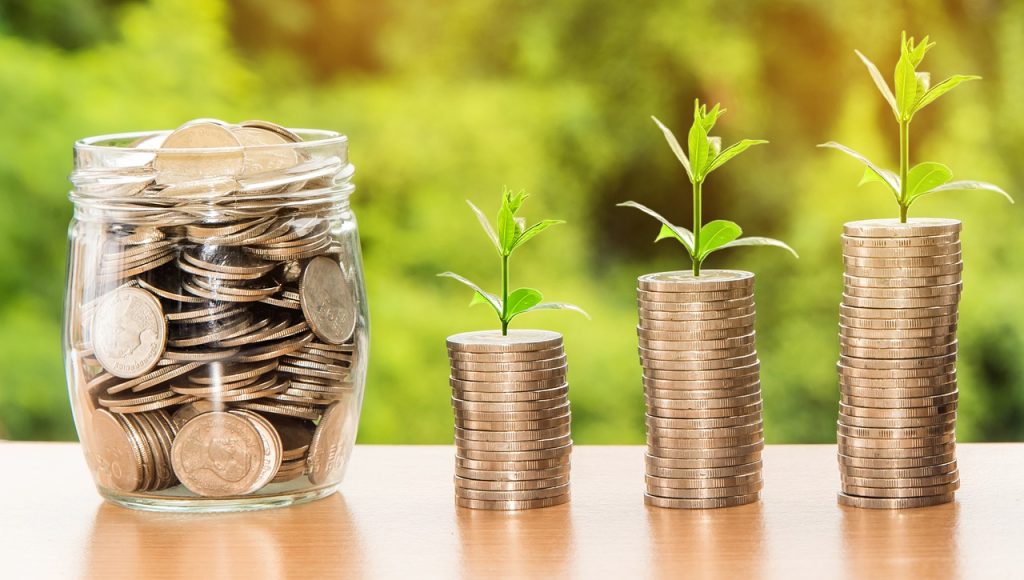

Crypto art is not only a form of artistic expression, but also a form of investment. Many crypto art collectors view their NFTs as valuable assets that can appreciate over time, and generate returns in the secondary market. However, investing in crypto art is not without risks and challenges, and it requires careful research and evaluation.
Considerations for Investing in Crypto Art
Some of the factors that you should consider before investing in crypto art are:
Market Risks
The crypto art market is highly volatile and unpredictable, and it is influenced by various factors, such as supply and demand, hype and trends, media attention and publicity, and technological innovations and disruptions. The price and value of crypto art can fluctuate significantly and rapidly, and there is no guarantee that an NFT that is popular and expensive today will remain so tomorrow. Moreover, the crypto art market is subject to regulatory uncertainty and legal ambiguity, as different jurisdictions have different rules and laws regarding the taxation, ownership, and protection of NFTs. Therefore, you should be aware of the potential legal and financial implications of buying and selling crypto art in your country and region, and consult a professional advisor if necessary.
Artistic Risks
The crypto art market is also subject to artistic risks, such as plagiarism, fraud, and theft. Due to the nature of digital files, some crypto artists may copy or steal the works of other artists, and sell them as their own. Some crypto artists may also create fake or misleading identities, and claim to be someone else, such as a famous or established artist. Some crypto artists may also use bots or fake accounts to inflate the popularity and value of their works, and manipulate the market. Therefore, you should do your due diligence and research the background and reputation of the crypto artists you are interested in, and verify the authenticity and originality of their works. You should also check the provenance and history of the NFTs you want to buy, and make sure they have a clear and legitimate chain of ownership and transactions.
Technical Risks
The crypto art market is also subject to technical risks, such as hacking, malfunction, and obsolescence. Due to the reliance on blockchain technology and crypto wallets, some crypto art collectors may lose access to their NFTs, or have their NFTs stolen or compromised, by hackers or malicious actors. Some crypto art collectors may also lose their NFTs, or have their NFTs corrupted or damaged, by technical errors or glitches, such as software bugs, hardware failures, or network outages. Some crypto art collectors may also face the risk of obsolescence, as the technology and standards of crypto art may evolve and change over time, and render some NFTs incompatible or outdated. Therefore, you should take the necessary precautions and measures to secure and backup your crypto wallet and NFTs, and keep yourself updated and informed about the latest developments and innovations in the crypto art space.
Strategies for Investing in Crypto Art
Some of the strategies that you can adopt to invest in crypto art are:
- Diversify Your Investments: One of the best ways to reduce your risks and increase your chances of success in the crypto art market is to diversify your investments across different genres, styles, and artists. By investing in a variety of crypto artworks, you can hedge against market fluctuations and artistic uncertainties, and benefit from the growth and potential of different segments and niches of the crypto art space. You can also diversify your investments across different platforms and blockchains, and take advantage of the different features and opportunities that each one offers.
- Employ Long-Term Investment Approaches: Another way to optimize your returns and minimize your losses in the crypto art market is to employ long-term investment approaches, and avoid short-term speculation and impulse buying. By investing in crypto artworks that you genuinely like and appreciate, and that have a strong artistic vision and value proposition, you can build a meaningful and valuable crypto art portfolio, and enjoy the aesthetic and emotional rewards of owning and collecting crypto art. You can also benefit from the long-term appreciation and appreciation of your crypto artworks, and the potential passive income from secondary sales and royalties, which are the fees that you receive every time your NFTs are resold on the market.
Future Directions of the Crypto Art Market


The crypto art market is still in its infancy, and it has a lot of room and potential for growth and innovation. Some of the future directions and opportunities of the crypto art market are:
Augmented Reality (AR) and Virtual Reality (VR)
AR and VR are technologies that enhance or create immersive and interactive digital environments and experiences. AR and VR can enhance the crypto art experience, by allowing users to view, display, and interact with their NFTs in new and creative ways. For example, users can use AR and VR devices, such as glasses, headsets, or smartphones, to project their NFTs onto physical spaces, such as walls, tables, or floors, and create virtual galleries and exhibitions. Users can also use AR and VR devices to enter and explore virtual worlds and metaverses, such as Decentraland, Cryptovoxels, or Somnium Space, and discover and experience crypto artworks in 3D and 360 degrees.
Gaming and Virtual Worlds
Gaming and virtual worlds are digital platforms and environments that allow users to play, socialize, and create online. in addition gaming and virtual worlds can integrate crypto art, by allowing users to use their NFTs as avatars, skins, items, or assets in various games and worlds. For example, users can use their CryptoKitties as characters in games like Axie Infinity or Gods Unchained, or use their CryptoPunks as skins in games like Minecraft or Fortnite. Users can also use their NFTs as assets or properties in virtual worlds like Decentraland or Cryptovoxels, and build and customize their own virtual spaces and experiences.
Regulatory Landscape
The regulatory landscape is the set of rules and laws that govern and regulate the crypto art market and industry. The regulatory landscape can affect the crypto art market, by providing clarity and certainty, or creating confusion and uncertainty, for the participants and stakeholders of the crypto art space. For example, the regulatory landscape can define and determine the taxation, ownership, and protection of NFTs, and the rights and responsibilities of the artists, collectors, and platforms involved in the crypto art transactions and activities. The regulatory landscape can also enable or hinder the innovation and adoption of crypto art, by facilitating or restricting the access and use of blockchain technology and crypto tokens.
Conclusion
Crypto art stands as a transformative force in the art market, leveraging blockchain technology to forge unique, authenticated, and monetized digital artworks. This revolutionary intersection of art and technology facilitates direct, transparent transactions between artists and collectors, fostering a dynamic marketplace. Engaging with crypto art unveils a realm of innovative expressions and creative possibilities. Whether you’re an artist or collector, immerse yourself in this transformative space, shaping the future of art. We trust this article provided valuable insights into the crypto art market. Feel free to share any questions, comments, or feedback with us; we’re eager to hear from you and guide your exploration of the digital frontier of artistic expression.
FAQs
Q: What is crypto art?
A: Crypto art is a genre of digital art that leverages blockchain technology to create, authenticate, and monetize unique and scarce artworks.
Q: What are non-fungible tokens (NFTs)?
A: NFTs are unique and indivisible digital tokens that represent the ownership and metadata of a crypto artwork. NFTs are minted on a blockchain, such as Ethereum, and can be transferred and traded on various marketplaces.
Q: How can I buy and sell crypto art?
A: To buy and sell crypto art, you need to have a crypto wallet that supports the blockchain and the token standard of the NFT you want to purchase or sell. Also you need to have enough crypto tokens, such as ETH, to pay for the NFT and the transaction fees. You can then browse the marketplace of your choice, find the NFT you like, and click on the buy or sell button. You will then need to confirm the transaction on your wallet, and wait for it to be processed and verified on the blockchain.
Q: How can I invest in crypto art?
A: To invest in crypto art, you need to do your research and evaluate market value of the NFTs you are interested in. You should also diversify your investments across different genres, styles, and artists, and employ long-term investment approaches.
Q: What are the future directions and opportunities of the crypto art market?
A: Some of the future directions and opportunities of the crypto art market are the integration of augmented reality (AR) and virtual reality (VR) , the integration of crypto art into gaming and virtual worlds, and the emerging regulatory landscape surrounding crypto art and NFTs.


Disclaimer:
“Please note that I am not a professional in this field. I am an artist with a deep curiosity and a passion for learning. The topics I write about are ones that intrigue me, and I find researching and writing about them the best way to enhance my understanding and I hope that sharing these articles might be helpful or interesting to others as well.
Thank you for reading and I hope you liked it!”

